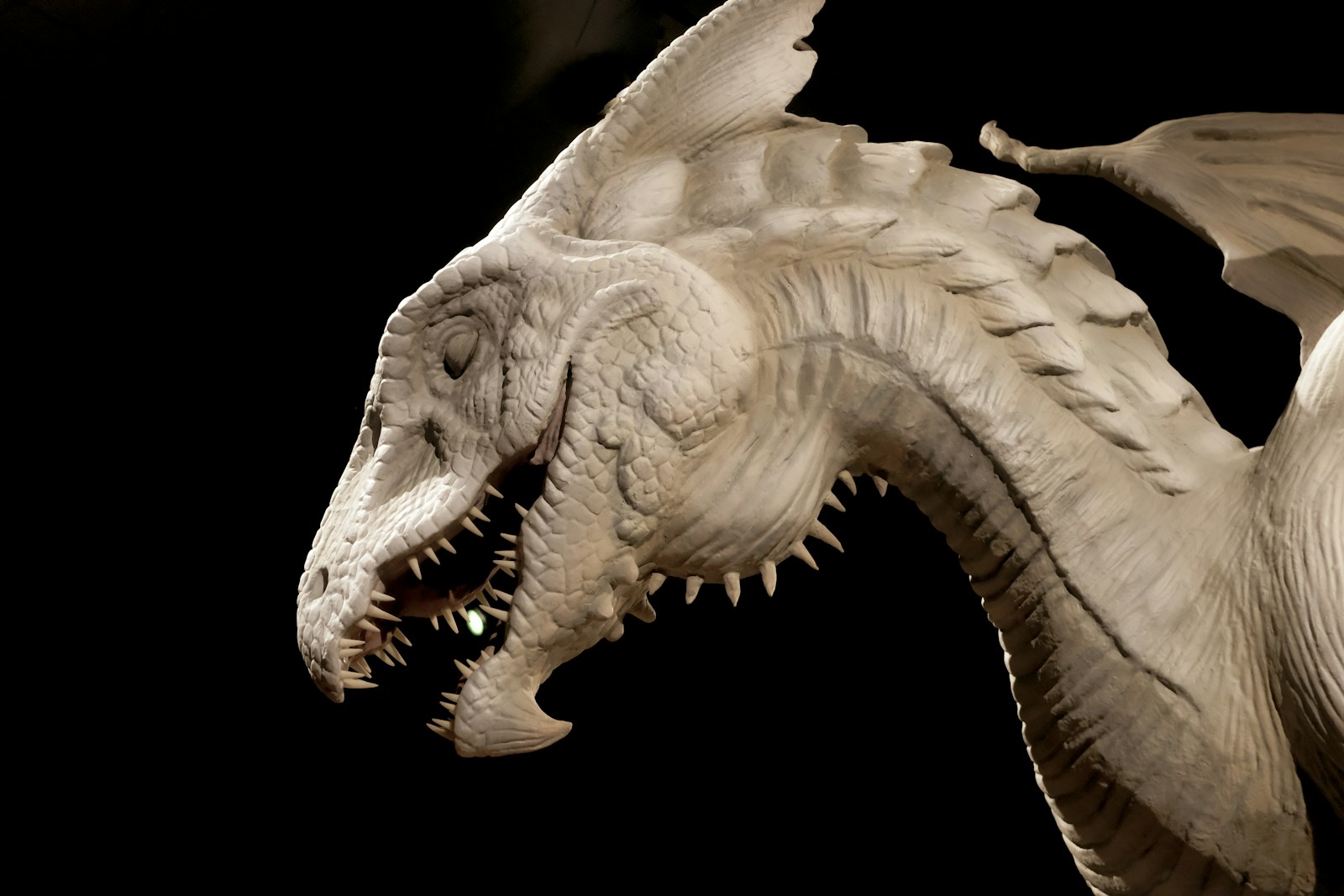
The iconic image of St. George slaying a fearsome dragon has captivated imaginations for centuries, but this dramatic narrative bears little resemblance to the historical figure it purports to represent. The historical George was likely born in Cappadocia (modern Turkey) around 280 CE to Christian parents. He served as a soldier in the Roman army under Emperor Diocletian and was executed in 303 CE for refusing to renounce his Christian faith during the Great Persecution.
Nothing in the earliest accounts of George’s life mentions dragons or princesses. These elements emerged nearly a millennium later, first appearing in a fully developed form in the Golden Legend, a popular collection of saints’ lives compiled by Jacobus de Voragine in the 13th century. This version tells of George rescuing a Libyan princess from a dragon that had been terrorizing the countryside, converting the grateful townsfolk to Christianity after his heroic deed.
The dragon narrative likely developed through a combination of factors. The medieval period saw increased interest in chivalric ideals, creating demand for stories of heroic knights. Additionally, the dragon served as a powerful metaphor for paganism or evil being vanquished by Christian virtue. Art historians note that early Christian iconography sometimes depicted evil as a serpent or dragon, making the visual evolution of the legend natural within medieval artistic traditions.
Cultural exchange also played a role, as similar dragon-slayer myths existed across cultures, from Perseus in Greek mythology to various local legends throughout Europe and the Near East. The Crusades facilitated the exchange of such narratives, potentially influencing the evolution of George’s story.
Though historically dubious, the dragon legend reveals much about medieval values and concerns. The princess represents vulnerable innocence (or the Christian church), the dragon embodies existential threats to the community, and George personifies the ideal Christian knight—brave, selfless, and devout.
Modern scholarship suggests we appreciate both aspects of St. George: the historical martyr who died for his convictions and the legendary dragon-slayer whose story articulates timeless human hopes for courage in the face of seemingly insurmountable challenges.
Discover more from Anglotees
Subscribe to get the latest posts sent to your email.
